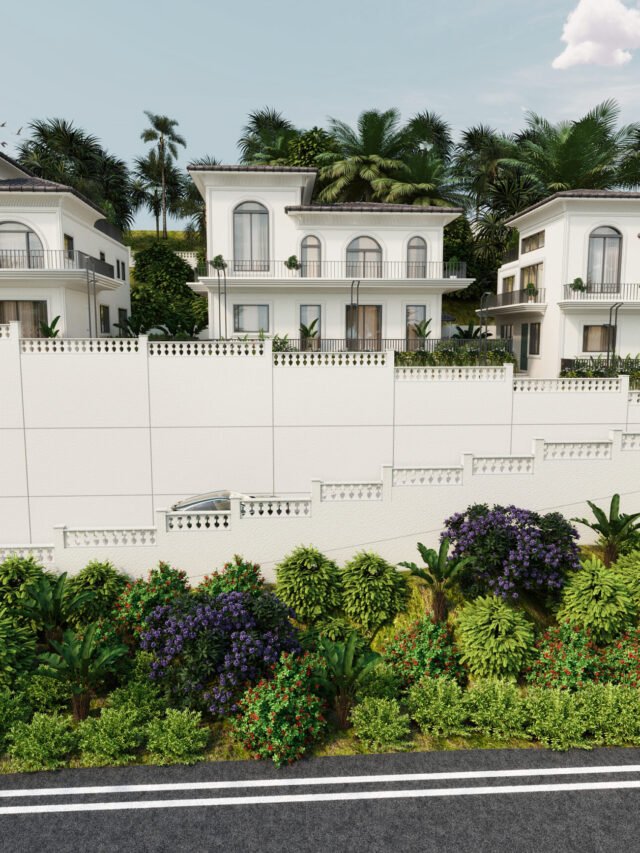By
Sumit Maurya
April 26, 2025

Goa, known for its rich cultural heritage and Portuguese influence, is home to a unique architectural tradition—Azulejos tiles. These beautifully hand-painted ceramic tiles, introduced by the Portuguese, have become an integral part of Goan homes, churches, and public spaces. Over the years, the tradition of Goan tiles has evolved, blending European aesthetics with local artistry. Today, there is a growing movement to revive this iconic design tradition, ensuring that its legacy continues to thrive in modern Goa.
The tradition of Azulejos tiles dates back to the Portuguese colonial era, when artisans brought the art of blue-and-white ceramic tile painting to Goa. Inspired by Moorish and Spanish designs, these tiles were originally used to decorate churches, palaces, and homes. Over time, Goan craftsmen adapted the designs, incorporating local motifs and vibrant colors, creating a distinct style that reflects Goa’s cultural fusion.
Azulejos tiles are known for their intricate patterns, floral motifs, and storytelling elements. Traditionally, they were painted in blue and white, but modern adaptations include earthy tones like yellow, brown, and green. Many Goan homes feature nameplates, murals, and decorative walls adorned with Azulejos, showcasing the timeless beauty of this art form.
Local artists, such as Orlando de Noronha, have played a significant role in reviving Azulejos in Goa. His work blends Portuguese aesthetics with Goan themes, creating tiles that depict Mario Miranda’s famous cartoons, Goan landscapes, and cultural symbols.
Azulejos tiles are known for their intricate patterns, floral motifs, and storytelling elements. Traditionally, they were painted in blue and white, but modern adaptations include earthy tones like yellow, brown, and green. Many Goan homes feature nameplates, murals, and decorative walls adorned with Azulejos, showcasing the timeless beauty of this art form.
Local artists, such as Orlando de Noronha, have played a significant role in reviving Azulejos in Goa. His work blends Portuguese aesthetics with Goan themes, creating tiles that depict Mario Miranda’s famous cartoons, Goan landscapes, and cultural symbols.
Azulejos tiles are known for their intricate patterns, floral motifs, and storytelling elements. Traditionally, they were painted in blue and white, but modern adaptations include earthy tones like yellow, brown, and green. Many Goan homes feature nameplates, murals, and decorative walls adorned with Azulejos, showcasing the timeless beauty of this art form.
Local artists, such as Orlando de Noronha, have played a significant role in reviving Azulejos in Goa. His work blends Portuguese aesthetics with Goan themes, creating tiles that depict Mario Miranda’s famous cartoons, Goan landscapes, and cultural symbols.
Art galleries like Azulejos de Goa in Panjim showcase traditional and contemporary tile designs, attracting visitors and collectors. Workshops are also conducted to teach the art of tile painting, inspiring a new generation of artists.

Azulejos are now being customized to suit modern interiors, with designs ranging from minimalist patterns to vibrant murals. Homeowners can personalize tiles with family names, quotes, or artistic illustrations, making them a unique decor element.

The revival of Goan tiles is not just about preserving an art form—it is about celebrating Goa’s cultural identity and artistic heritage. These tiles serve as a bridge between the past and present, blending tradition with innovation. By supporting local artisans and embracing Azulejos in contemporary design, Goa ensures that this iconic tradition continues to flourish.
Goan tiles, with their rich history and artistic elegance, are more than just decorative elements—they are a testament to Goa’s cultural fusion and craftsmanship. As efforts to revive this tradition gain momentum, Azulejos continue to add charm and character to Goan homes and public spaces. Whether adorning a heritage villa or a modern café, these tiles remain a symbol of Goa’s timeless beauty.






